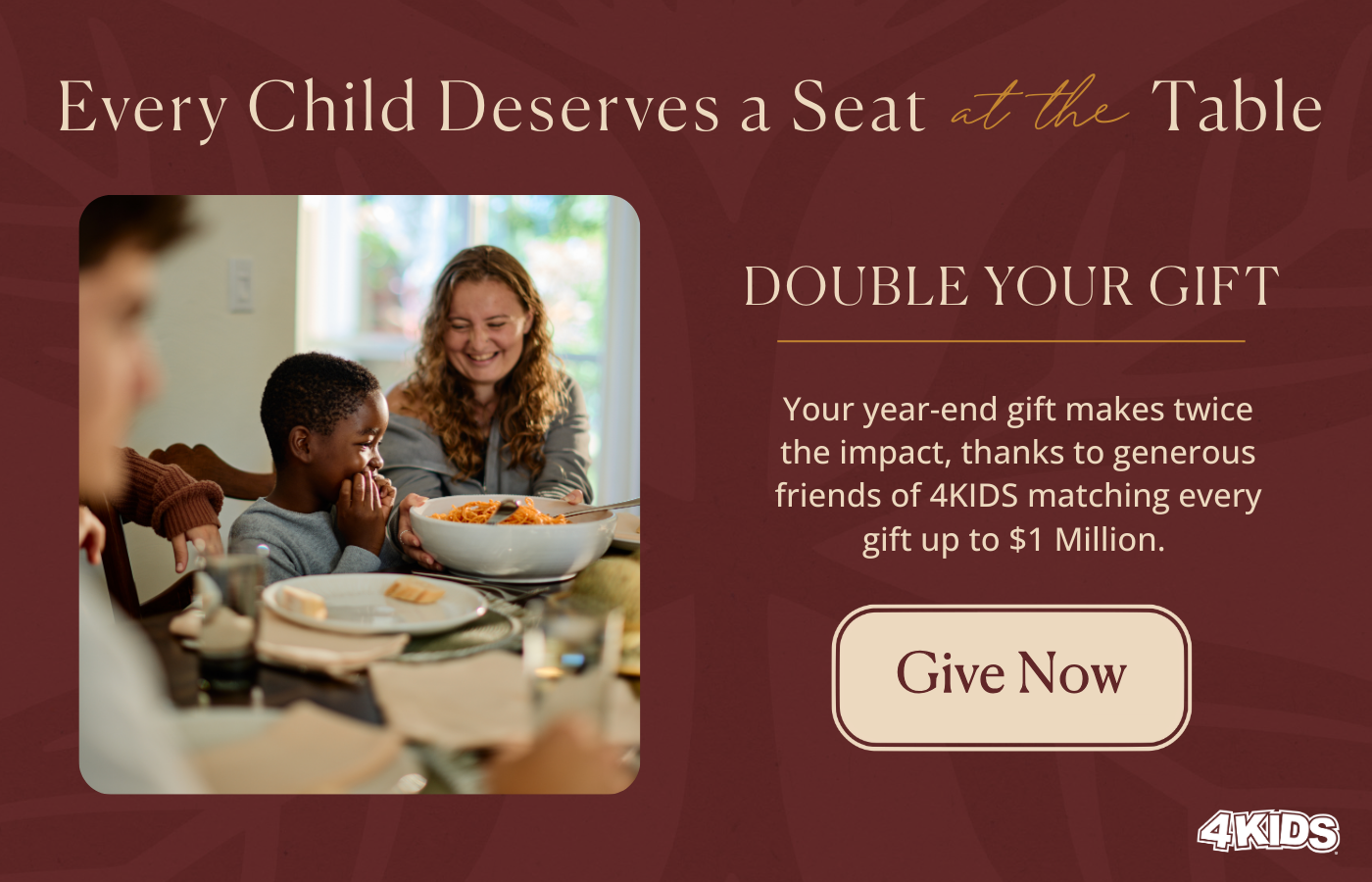
When times of uncertainty and crisis hit, our gut reaction is often to try to shield children from the reality of what is happening. We try to avoid the subject, we try to move on to “normal” life as quickly as possible, and we try to avoid the expression of emotion in relation to the crisis. While the intention is honorable, often the delivery leads to more confusion and less resolve for kids. Children are sponges; they listen to what’s going on around them and they watch our reactions to things. Children that come from hard places are especially attuned to changes in their environments and in our moods because their brains are wired for survival. While they may not understand exactly what is going on, they know something is not right. In the absence of information, the human brain uses imagination to create stories. For children, and adults alike, often times the stories created to explain what is happening are even worse than the reality, which can lead to increased anxiety and stress that is left unspoken. By shielding children in a way that includes ignoring the problem, we inadvertently communicate that we are not a safe place to talk to about what is happening; we may also unintentionally communicate that hard things and feelings should be ignored and not processed.
Be Honest, Proactive, and Educational With Your Child
So what can we do instead? We can be honest about what’s happening in a way that is developmentally appropriate for each child. We want our kids to learn the information from us, rather than from the news that is playing in the background, from friends, or from overhearing conversations. We need to communicate the problem, but also discuss the plan that we, as the adults, have in place to keep everyone safe. We can show them that there are enough supplies and enough food to be able to get their needs met in this time. We can connect emotionally with them; let them know that their feelings are okay. Part of how we do that is by naming the feelings: “not knowing exactly when we can go back to school and work can feel scary. Not seeing friends and family feels sad. In the meantime, here’s what we can do to get through this together/Here’s the plan that we have for school and fun these next few weeks…”
Take time to hear the stories they’ve made up in their heads based on the information they’ve heard. What do they think is going on right now? Do they think the event/problem is a monster that can enter your home and hurt them? Do they know that they can do things to help protect themselves and others? Discuss those things and what they can do. Do they know who is responsible for keeping them safe? Children will often take responsibility for those perceived bad things that are happening.
These are all important things to talk to our kids about to reduce stress and anxiety and to increase connection with us in a time that can be stressful and uncertain for everyone. Keep in mind that more questions may arise and that feelings may follow. This is normal, this is okay. Stay connected.
Acknowledge The Fear and Stay Connected
For children from hard places, this may trigger them, which might lead to flair-ups in negative behavior. Once again, remember to connect. They may be creating stories in their heads that are leading to more anxiety. Their brains may be going into survival mode because they are triggered by all the change. The more we are able to be calm and present with them, the more we can help them understand at a developmentally appropriate level why life feels so different. Most importantly, by acknowledging the fear behind the behavior, we can help our kids from hard places to know that unlike their past traumas, they are not alone and the adults are going to do everything possible to keep them safe. Connection is key, always and especially now.

